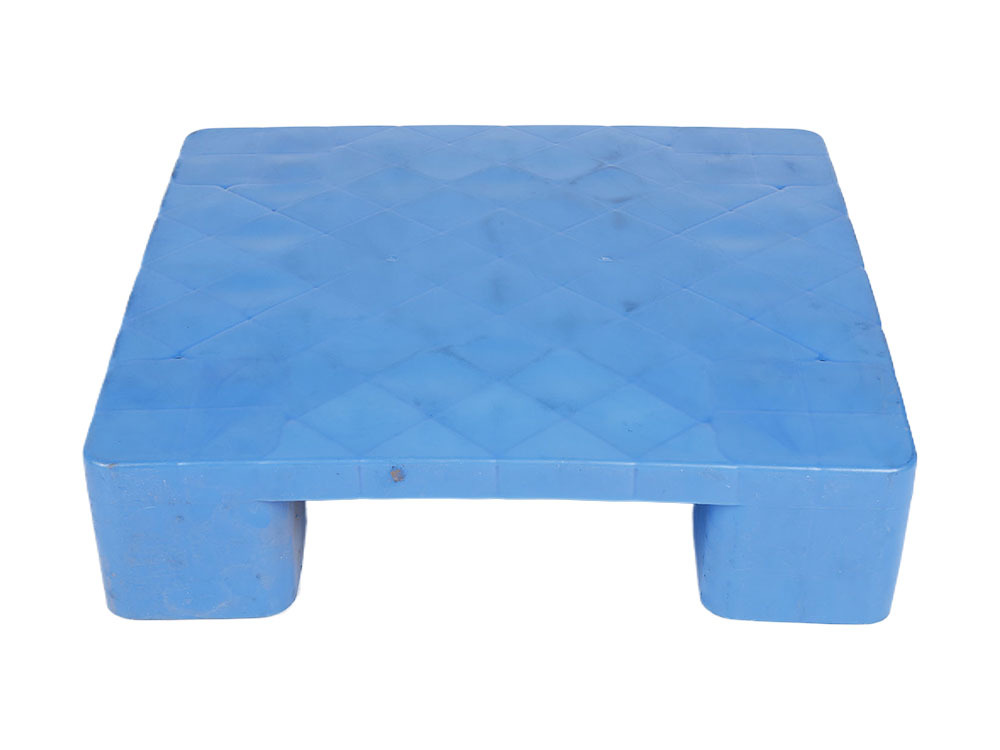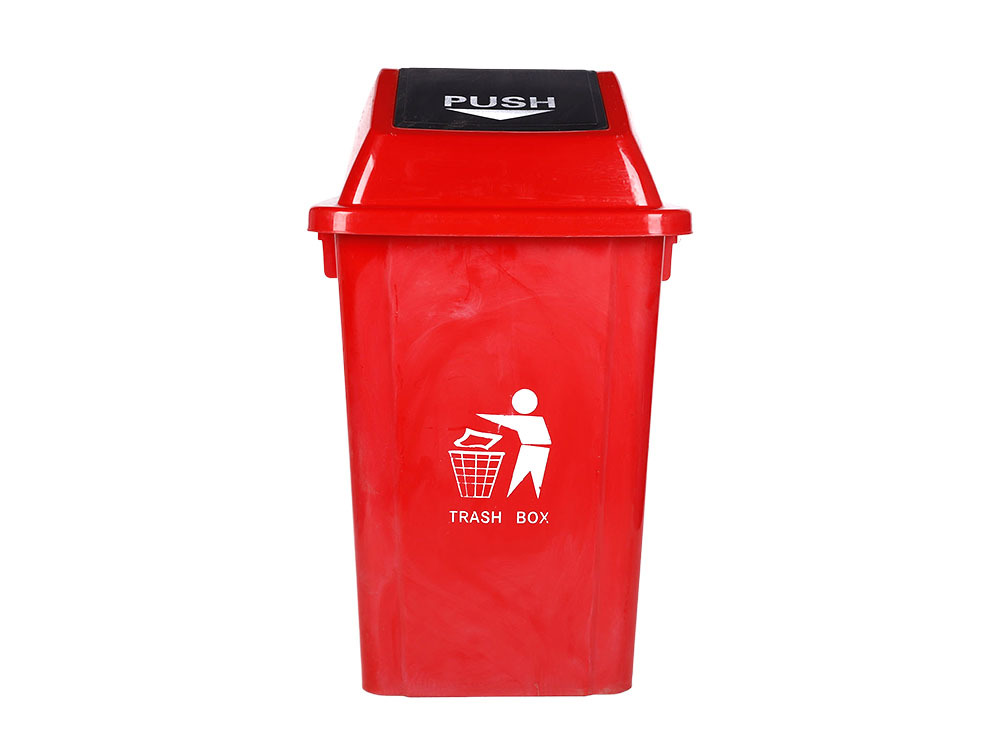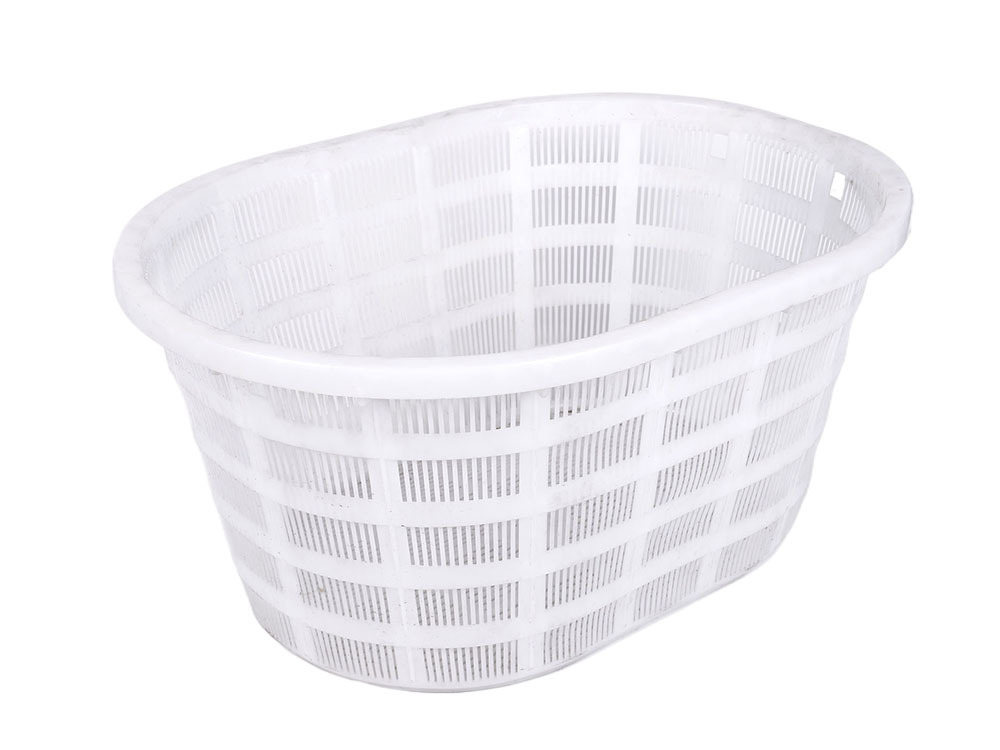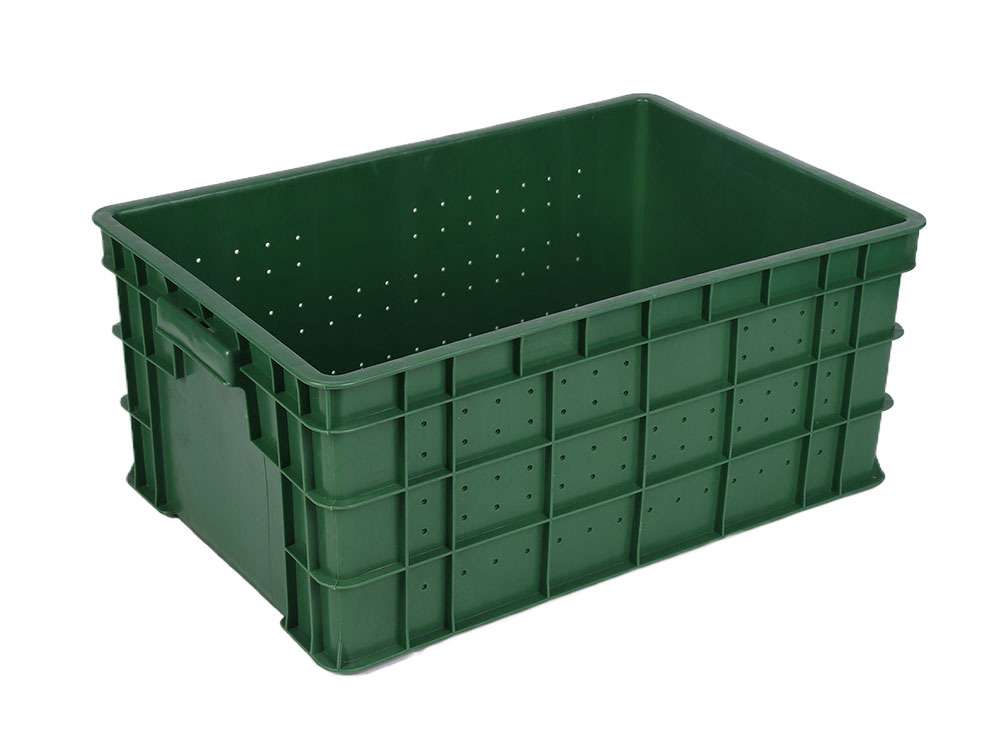
Fresh-keeping box
Classification:
E-mail: 648536855@qq.com
Details Introduction
Food storage containers come in three types: plastic, tempered glass, and heat-resistant glass. Plastic containers are made of resin and generally withstand temperatures from -20℃ to 120℃. Tempered glass containers are made of ordinary tempered glass, while heat-resistant glass containers are made of high borosilicate glass.
Food storage containers are not only convenient and practical, but also allow for the organized storage of food. Plastic containers should not be placed in microwaves or ovens, as high temperatures can cause the plastic to release harmful substances. Furthermore, tempered glass containers may explode when exposed to extreme temperatures. A variety of styles and sizes are available. Square containers are suitable for refrigerator doors and can be used to store seasonings and leftovers. Rectangular containers, with their drip trays, are ideal for storing moist foods such as fruits, vegetables, and seafood. Round containers are suitable for sauces, condiments, and various small dishes. Using a combination of containers keeps the refrigerator organized and helps preserve food for longer. PVC food wrap poses a significant health risk due to the leaching of di(2-ethylhexyl)phthalate (DEHA), a carcinogen. Therefore, using various food storage containers is a safer alternative. Refrigerator storage containers are beneficial for food preservation, helping to isolate food items and prevent cross-contamination.
Principle
1. Prevents moisture loss and provides a sealing effect.
2. Prevents food from losing its original flavor during storage.
3. Isolates air to prevent food oxidation (and contamination).
Key words:
Recommend Products
Get A Quote






